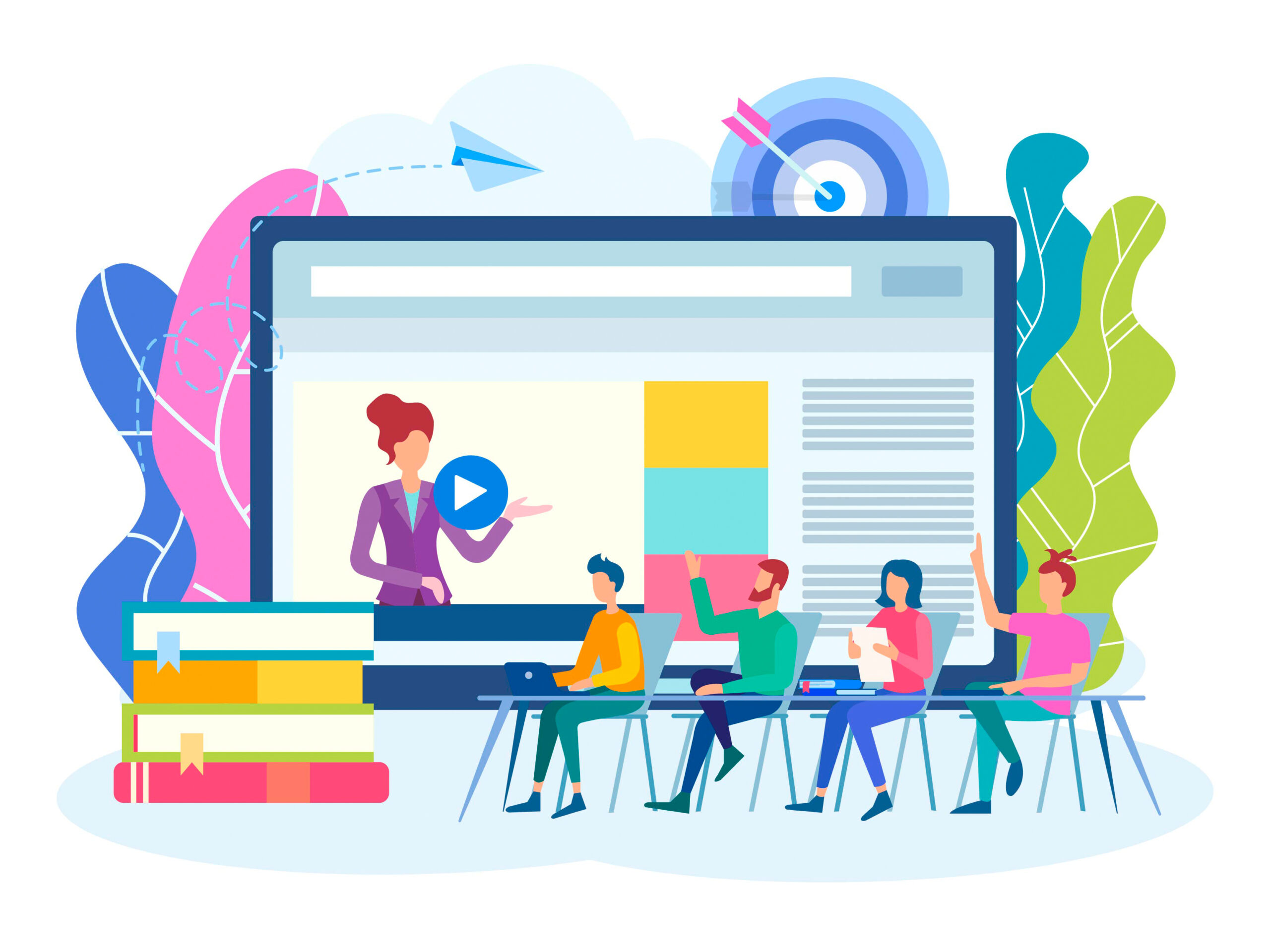Despite the rise of digital training, many e-learning programs still fall short. Understanding the common e-learning problems is key to building training that actually delivers results. Let’s explore the top reasons why online learning is not effective and how you can fix them—without wasting time or resources.
Lack of Engagement – One of the Key e-Learning Problems
A top reason why e-learning fails is simple: learners get bored. Static slides and long videos without interaction are not effective. Today’s employees need interactive content, gamification, and real-life simulations to stay engaged. When learners are passive, knowledge doesn’t stick.
How to fix it: Add quizzes, role-based scenarios, and simulations. These keep learners involved and motivated to complete the course.
No Clear Learning Goals – Why e-Learning Often Misses the Mark
Another major issue is unclear or vague goals. Learners need to know what they’re learning and why it matters. If your program lacks structure, it will confuse and frustrate users.
How to fix it: Start each module with clear outcomes. Tie lessons to real business needs. For example, if you’re training pharma sales teams, align modules with actual field challenges.
Poor Design and Navigation – More Than Just Looks
Even great content won’t work if the design is confusing. Complicated navigation or a cluttered interface can turn learners away. This is a common but avoidable e-learning problem.
How to fix it: Use a simple, mobile-friendly design with a clean layout. Make sure the platform works across devices and browsers. Modern Learning Management Systems (LMS) like TalentLMS make it easy.
No Follow-Up or Reinforcement
One-and-done training doesn’t work. Without reinforcement, people forget most of what they learn within days. This is one of the biggest reasons why online learning is not effective long-term.
How to fix it: Use microlearning follow-ups, spaced repetition, or monthly refreshers. These help keep the knowledge alive and relevant.
Lack of Personalization – Why e-Learning Doesn’t Fit All
Generic content turns off learners. If the content doesn’t match their job role or level of experience, they won’t connect with it.
How to fix it: Tailor content by job role or experience level. Even simple branching scenarios can create a more personalized journey.
How Go Prankies Got It Right (Without Saying It)
While this blog doesn’t directly promote a product, many teams are getting inspired by creative, engaging platforms. Some even blend real-life scenarios into fun experiences—just like how some brands craft interactive simulations to keep users engaged from start to finish.
Conclusion: Build Smarter, Not Harder
Most e-learning problems stem from lack of strategy and poor design. To avoid them:
- Set clear goals
- Make learning interactive
- Use great design
- Reinforce knowledge over time
- Personalize content
By fixing these areas, your learning program can go from boring to brilliant—and drive real business impact.
Need help fixing your e-learning problems?
We build custom, gamified, and simulation-based training that delivers results. Contact us to see how we’re transforming learning every day.





